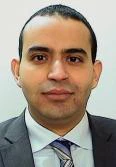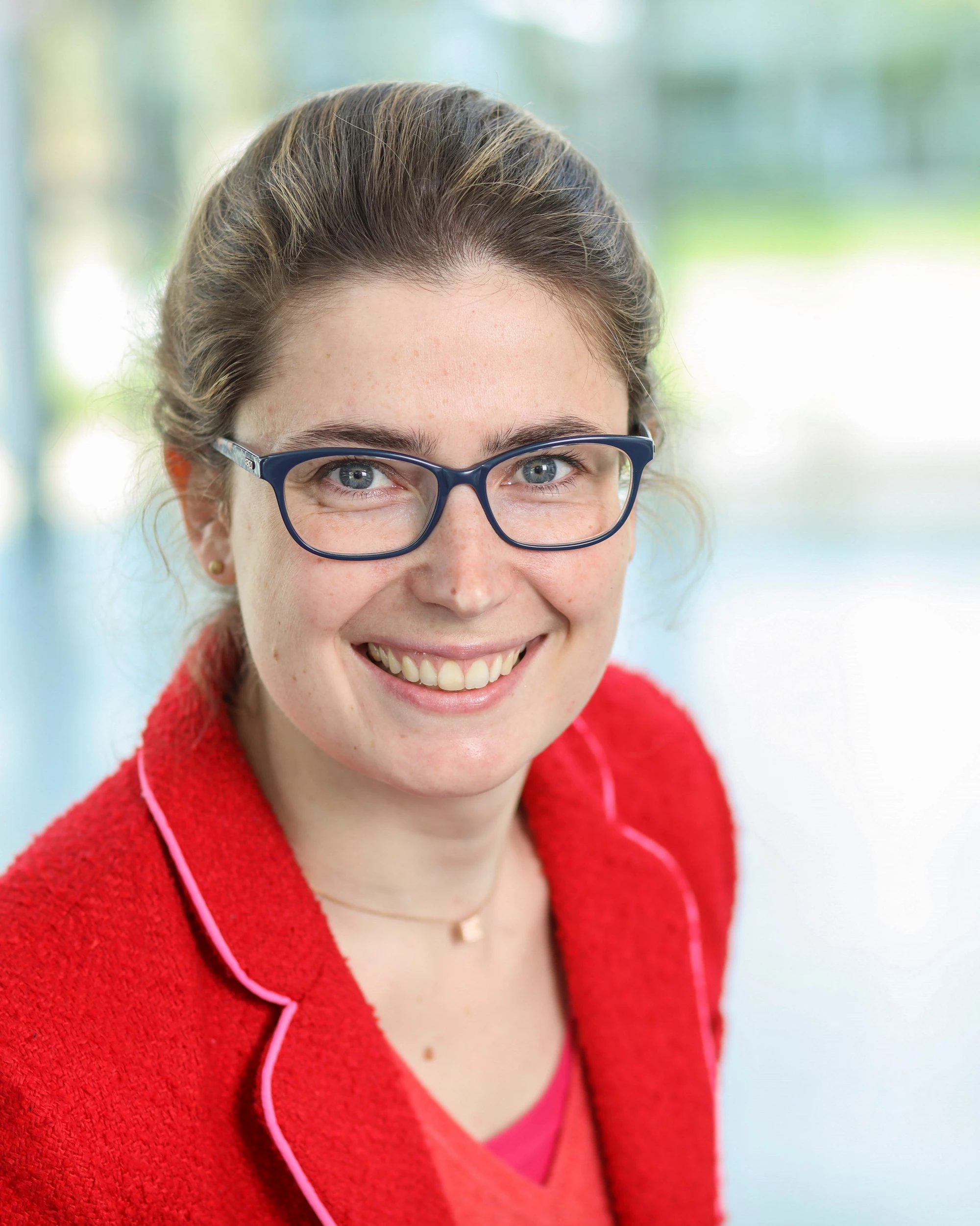 Public transport bus stop in Casablanca, Morocco (Photo Credit: Nabil Samir)
Public transport bus stop in Casablanca, Morocco (Photo Credit: Nabil Samir)
Greater Casablanca, including the city of Casablanca and adjacent urban areas, concentrates over 13% of the population of Morocco (five million) on less than 1% of national territory, with more than 50,000 additional people moving every year. The region is a key engine for economic growth in Morocco, accounting for a quarter of the national GDP. The port of Casablanca is the country’s critical commercial gateway between Europe and Africa, uniquely positioning the city as a logistics hub for greater integration into the global economy.
Casablanca also embodies the challenges of Morocco’s urbanization, marked by persistent social inequalities and pockets of poverty. About 150,000 people are under the poverty line based on data from HCP, the national statistics agency), with inadequate access to quality infrastructure and services.
With the rapidly increasing demand for urban mobility and relative underinvestment in this area, traffic congestion is now a severe issue in Greater Casablanca, which host around 20% of the country’s cars. Until the 2010s, most public transport modes were undersupplied, inadequate, and/or inconvenient.
Deteriorating urban transport conditions in Casablanca have had a particularly detrimental impact on women, youth, and vulnerable people. Urban transport usually costs households 10-20% of their income in Casablanca. It also has negatively contributed to climate change, accounting for a third of the country’s CO2 emissions (equivalent to 25 million tons emitted). Current air pollution levels in Casablanca remain largely above the recommended threshold of the World Health Organization (WHO).
Urban mobility has been the focus of substantial efforts from the Government and municipalities in the last 15 years, particularly in Greater Casablanca. An urban mobility master plan for Greater Casablanca was prepared in 2007 and is currently being updated, and a de-facto urban transport authority (Casa Transports) was created in 2009. Within this framework, more than US$2 billion has been invested locally to avoid further degradation of travel conditions within the agglomeration due to traffic growth. Several major projects and actions have been successfully implemented to improve access, quality, and sustainability of urban mobility services, particularly for the light rail in 2012 and 2019, which is 50 kilometers and serves more than 300,000 daily users. The urban light system should be completed by the end of 2024 by launching the two additional lines currently under development.
Buses, the most widely used mode of public transport, have also been the focus of the government. A concession was signed in 2019 between a private operator and the local government to improve access to buses. On March 1, 2024, the innovative and efficient Bus Rapid Transit (BRT) system for articulated buses on dedicated lanes launched into service, with the support of the Morocco Urban Transport Program-for-Results (PforR) financed by the World Bank. This BRT is the first of its kind in the Maghreb region and the second one in the Middle East and North Africa (MENA) region after Amman’s.
The BRT will undoubtedly make a significant difference in the daily lives of people across the city. With improved integration with other modes (in terms of stations, schedules, and fares), commuters from the densely populated areas such as Ain Chock, Salmia, and Arrahma will see public transport journey times to downtown Casablanca decrease by at least 30 minutes in total per day (including reduced waiting times). Better transportation will enable people to access thousands of new jobs and economic opportunities as well as education, healthcare, and many other services.
In addition to faster commutes, safety and inclusion are also essential to transport. System designs have been carried out to optimize the safety of pedestrians, cyclists, public transport users, and motorists. Stations and vehicles are accessible to persons with disabilities. Adequate lighting, security cameras, and station agents help ensure everyone, especially women, can feel safe while traveling. This, combined with increased supply, reliability, and affordability, will help increase the female labor participation rate (currently around 20%), which is one of lowest in the MENA region. By providing an efficient vehicle alternative to private cars, BRTs also significantly reduce climate emissions and air pollution associated with urban mobility.
The Government, through the National Railways Agency (ONCF), is currently working to complement this effort and further expand access to quality urban transport services in Greater Casablanca. Leveraging an existing railway line of 60 kilometers, the recently announced program will combine expanded high-frequency urban rail services within the city of Casablanca and suburban rail services operating within the metropolitan area, connecting commuters from the adjacent suburbs and municipalities of Zenata, Mohammedia, Nouaceur, and Bouskoura.
Overall, the main lesson drawn from the Morocco Urban Transport Program that other MENA and global cities may replicate is that urban mobility projects can only succeed if they are comprehensive, integrated, sustainable, cooperative, championed, and incremental. With World Bank support and strong collaboration with Moroccan partners, these initiatives are not only improving lives but also the image of Greater Casablanca itself. They create a distinctive and modern iconography for the city, and project a vision of what Greater Casablanca can become with properly conceived and well-implemented infrastructure, systems, and state-of-the-art system management.




Join the Conversation